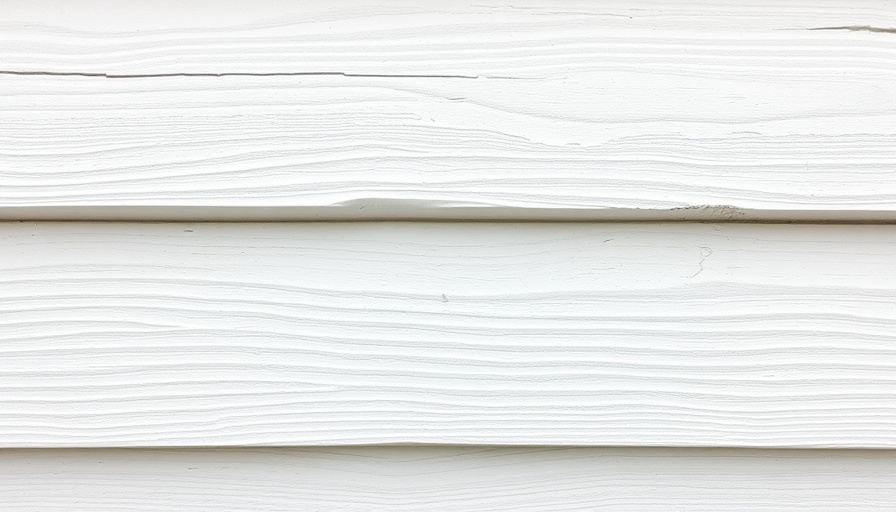
Understanding the Root Causes of Bubbles in Vinyl Siding
If you’ve noticed that your once-pristine vinyl siding is starting to bubble, it’s critical to understand what could be causing this frustrating issue. Just like a body displaying symptoms of illness, bubbling vinyl siding is the home’s way of signaling that something is wrong. Contractor Chris Hock likens these bubbles to a cry for help, explaining that mere attempts to flatten or hide them will not resolve the underlying problems.
Heat Exposure: The Silent Culprit
One of the most common reasons for bubbling is heat exposure. Vinyl siding, primarily made from PVC, begins to lose its durability when subjected to extreme temperatures. When temperatures reach around 160 degrees Fahrenheit, the material starts softening. This can be a significant problem if reflective surfaces of nearby objects such as low-emissivity windows or even barbecue grills direct heat onto the vinyl, leading to bubbling and warping.
The Impact of Trapped Moisture on Your Siding
Another major contributor to bubbling is trapped moisture behind the siding. If a house wrap isn’t sealed thoroughly, or if poor ventilation allows moisture to enter, the water expands with heat causing unsightly bubbles. Issues such as clogged gutters or leaky pipes also exacerbate this problem. Construction specialist Ali Hassan highlights the crucial need to maintain a reliable drainage system to prevent moisture build-up, effectively safeguarding the integrity of your siding.
Installation Mistakes That Lead to Disaster
Improper installation could also be the root cause of bubbling siding. If contractors fail to allow for the necessary expansion and contraction space during the installation process, this oversight can lead to severe bubbling. Hock warns that it’s essential to view vinyl siding as a ‘floating system’ that should never be tightly secured like drywall but should instead allow for movement in response to weather changes.
Taking Action: Solutions to Fix Bubbling
Once vinyl siding has bubbled, it’s crucial to take action. Simply attempting to push bubbles back or applying heat will not restore the panels. Unfortunately, the only resolution is to replace the compromised siding with new panels. When replacing panels damaged by heat, choosing lighter colors can minimize future absorption and, in turn, prevent additional bubbling.
Prevention Strategies for Homeowners
Knowing the signs of bubbling and their causes allows homeowners to take proactive measures to prevent this issue. Invest in quality installation and regular maintenance inspections to ensure that your siding remains in good condition and free from moisture. Additionally, keeping reflective surfaces away from siding or installing shades can significantly reduce heat exposure, extending the life of your vinyl siding.
Final Thoughts: Maintaining Your Home's Aesthetic Appeal
Like any part of your home, vinyl siding requires attention and care. Understanding the causes of bubbling not only helps you address existing issues but also equips you to prevent future problems, preserving your home’s appearance and maintaining its value.
By staying informed and proactive about your home’s needs, you create a safe and beautiful living environment.
 Add Row
Add Row  Add Element
Add Element 


 Add Row
Add Row  Add
Add 

Write A Comment